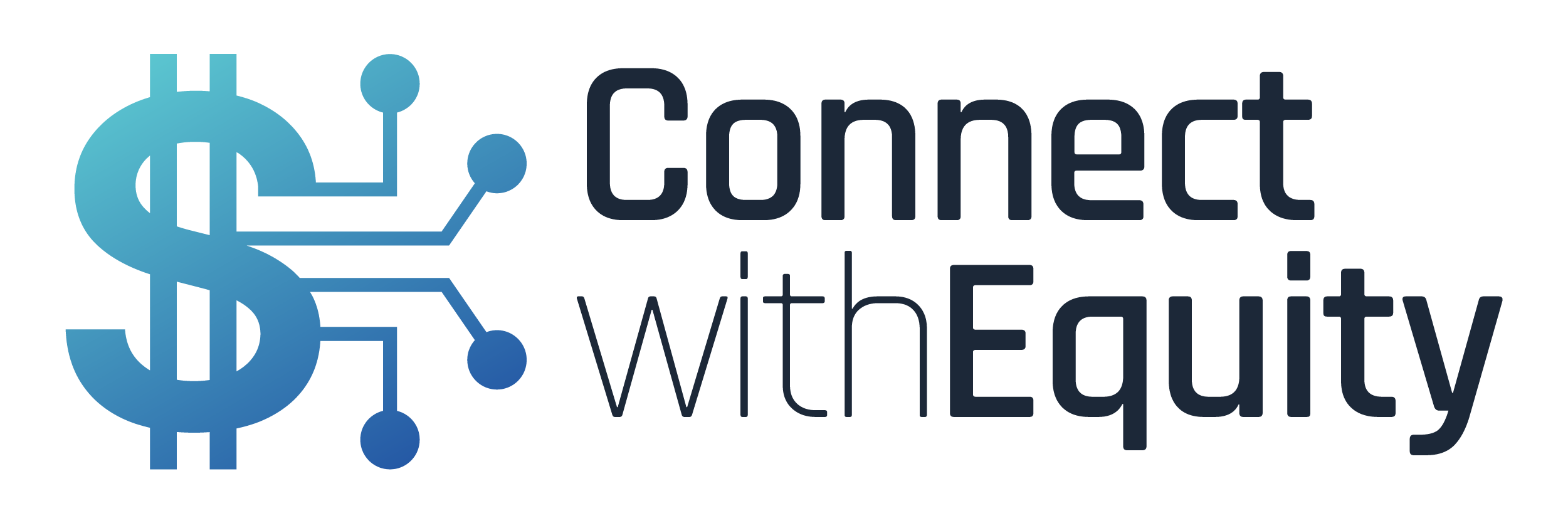In other words, it defines the mandatory steps needed to take a project from the idea or concept stage to the actual deployment and further maintenance. SDLC methodologies match within a flexibility spectrum ranging from agile to iterative to sequential. This Model combines components of each the waterfall mannequin and iterative growth. Through a sequence of repeating spirals, each representing a part of the SDLC, it systematically incorporates danger analysis and mitigation.
An extension of the waterfall model, this SDLC methodology tests at each stage of development. It’s also essential to know that there’s a sturdy concentrate on the testing section. As the SDLC is a repetitive methodology, you need to guarantee code high quality at each cycle.
The system specification represents the technical necessities that may present overall steerage for system design. Because this doc determines all future development, the stage cannot be accomplished until a conceptual design evaluation has determined that the system specification correctly addresses the motivating need. Every hardware or software system will go through a growth course of which may be thought as an iterative course of with multiple steps. SDLC is used to offer a inflexible construction and framework to outline the phases and steps concerned in the improvement of a system. Conversely, Agile is a well-liked method for organizations that need to create a steady supply surroundings.
Get The Latest News, Tips, And Guides On Software Program Growth
This ends in a misunderstanding of system necessities, and inevitable disappointment with the end-product. The operate section entails the use of the software within the manufacturing surroundings. Want to enhance software high quality and monitor software performance https://www.globalcloudteam.com/ at every stage of the SDLC? Try out Stackify’s Retrace device at no cost and expertise how it might help your group at producing higher-quality software program. The Agile SDLC model separates the product into cycles and delivers a working product in a brief time.

Ready to maximise the effectivity of your systems development life cycle? In the larger context of administration information techniques or MIS, SDLC helps managers to design, develop, take a look at, and deploy info methods to satisfy target targets. All three of those methods are popular since they allow for intensive iteration and bug testing before a product is integrated with larger source code or delivered to the market. SDLC models can therefore help initiatives to iterate and improve upon themselves time and again until primarily perfect. Since SDLCs have well-structured documents for project objectives and methodologies, staff members can leave and be replaced by new members comparatively painlessly.
At its core, the planning course of helps establish how a specific drawback can be solved with a sure software program answer. Crucially, the planning stage includes evaluation of the resources and costs wanted to finish the project, in addition to estimating the general worth of the software program developed. The systems improvement life cycle originally consisted of five phases instead of seven. The V-model (which is short for verification and validation) is type of similar to the waterfall model. A testing section is integrated into every improvement stage to catch potential bugs and defects.
V-shaped Model
Developers are now liable for increasingly more steps of the entire development process. The Iterative model incorporates a sequence of smaller “waterfalls,” where manageable parts of code are fastidiously analyzed, examined, and delivered via repeating growth cycles. Getting early suggestions from an finish user enables the elimination of issues and bugs within the early levels of software creation. It’s linear and straightforward and requires improvement groups to finish one phase of the project completely before moving on to the next. The growth stage is the half where builders really write code and build the appliance in accordance with the earlier design paperwork and outlined specifications. SDLC can also be an abbreviation for Synchronous Data Link Control and software development life cycle.
The last but not least necessary stage of the SDLC course of is the maintenance stage, the place the software program is already being used by end-users. This process involves detecting the potential bugs, defects, and errors, searching for vulnerabilities, and so forth., and can typically take up much more time in comparability with the app-building stage. The testing stage ensures the application’s features work correctly and coherently and fulfill consumer objectives and expectations. It is commonly incorrectly equated with the actual improvement process however is rather an extensive prototyping stage. Most of the information generated at this stage shall be contained within the SRS. This document shapes the strict regulations for the project and specifies the precise software program model you’ll eventually implement.

By growing an efficient define for the upcoming growth cycle, they’ll theoretically catch issues before they affect development. It helps to outline the problem and scope of any existing systems, in addition to determine the goals for their new methods. We will delve into the significance of every stage, emphasizing the critical function played by System Design within the general process.
The Sdlc Phases
This will prevent them from overdrawing funding or resources when working on the same place as different improvement groups. System Design is an important stage within the SDLC as it bridges the gap between requirements analysis and system growth. It transforms user what is a system development life cycle needs and functional specs into an in depth technical plan that guides the development team. Proper system design ensures that the developed system aligns with the specified performance, efficiency, and scalability requirements.
Testing is important to the system development life cycle to ensure compliance with useful, performance, and security necessities. Ideally, testing ought to occur at every stage of the SDLC to address issues early when they’re quickest and most cost effective to fix. However, checks are sometimes postponed until later phases, especially if they aren’t properly built-in and create friction. Various SDLC methodologies have been developed to information the processes involved, together with the unique SDLC method, the Waterfall model.
Finally, the implementation or deployment section marks the completion of the software development life cycle as developed purposes are launched into manufacturing environments for finish customers to make the most of. Post-deployment actions embrace monitoring system performance, addressing person suggestions, and implementing enhancements or fixing bugs identified after launch. The Software Development Life Cycle (SDLC) is a scientific process that development groups use to create, preserve, and improve software and applications. This course of helps builders successfully handle their tasks and ensure the well timed supply of high-quality products.

After passing this stage, the software is theoretically prepared for market and may be offered to any end-users. During the testing stage, developers will go over their software with a fine-tooth comb, noting any bugs or defects that have to be tracked, fastened, and later retested. Developers will select the proper programming code to use based on the project specifications and necessities. Once complete, development managers will prepare a design document to be referenced all through the next phases of the SDLC.
Behavior-driven development, which uses testing outcomes based mostly on plain language to include non-developers within the course of, has become increasingly well-liked. SDLC models implement checks and balances to make sure that all software program is examined before being put in in greater source code. Theoretically, this model helps teams to deal with small points as they arise quite than lacking them till later, extra complex stages of a project. The agile model is comparatively well-known, particularly within the software program development industry. This can embrace handling residual bugs that weren’t able to be patched before launch or resolving new points that crop up as a result of person reports.
- This sometimes consists of useful resource allocation, capacity planning, project scheduling, value estimation, and provisioning.
- Numerous model frameworks can be adapted to suit into the event of software program.
- Companies in all sectors are adopting expertise to enhance buyer experiences, expedite processes, and procure a competitive benefit.
- More specifically, the SDLC defines the completely different levels, steps and processes for designing and creating software.
- Behavior-driven development, which uses testing outcomes primarily based on plain language to include non-developers in the course of, has turn into increasingly popular.
- Thus, techniques analysts ought to have a good mix of interpersonal, technical, administration, and analytical skills altogether.
System Design is a critical stage within the SDLC, the place the necessities gathered in the course of the Analysis part are translated into a detailed technical plan. It entails designing the system’s architecture, database construction, and user interface, and defining system elements. The Design stage lays the foundation for the subsequent development and implementation phases. While Agile is considered an SDLC approach to software growth, there are some key variations. Agile additionally follows a steady cycle and permits dynamic adjustments in requirements, whereas the SDLC is sequential, and requirement changes aren’t allowed after the preliminary phases. Finally, the SDLC relies closely on the involvement of a project manager, and Agile requires close customer involvement.
Based on the design specs, developers write code, create database structures, and implement necessary functionalities. Rigorous testing and quality assurance are performed to make sure the system’s accuracy, performance, and adherence to the design necessities. There will likely be a larger exploration of software program that can support different platforms with a single code base, eliminating the need for different variations of the same app for iOS and Android, for example. Security may even be a larger focus in software program growth, with cybersecurity measures increasingly being built-in into utility. Lastly, efficient software project management is crucial for navigating the many challenges presented all through the SDLC. The capacity to coordinate sources, talk effectively with diverse teams of individuals, and adapt shortly to altering circumstances is important for successful software program project management.
This swift evolution sparked the beginnings of a manufacturing framework that ultimately grew into the SDLC we know today. “Let’s get this closer to what we want.” The plan virtually by no means seems excellent when it meets actuality. Further, as circumstances in the real world change, we want to update and advance the software program to match. This permits any stakeholders to securely play with the product before releasing it to the market. Besides, this allows any final mistakes to be caught earlier than releasing the product.

Leave a Reply